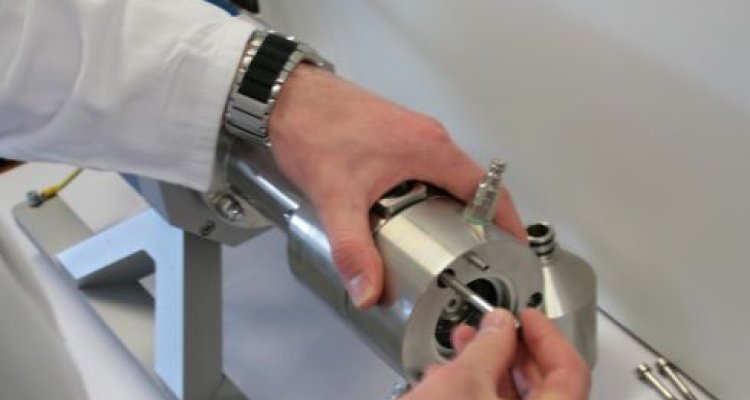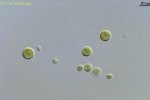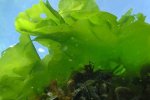
Project
Proteins from green sources
Development of a mild, continuous and scalable technology for protein extraction while keeping it functionality and minimizing the energy requirements.
Introduction
To meet the growing demand for proteins for food applications as well as for animal feed, novel protein sources need to be identified and/or developed. Preferably, these sources should be side-streams of existing agricultural production chains or from novel sources such as micro- or macro-algae.
Microalgae are of interest in this respect as when microalgae oil would be used to replace all transport fuel in Europe, 40 times more protein than is presently imported as soy protein in Europe will be produced. Besides, it is expected that in the long run with seaweed proteins due to scalability of production systems protein supply for human food can be assured by seaweed production.
Utilisation of green biomass will only be economically feasible if highly valuable products are extracted such as functional proteins for food applications and the remaining biomass components are optimally utilised such as a protein source for diets of animals and lipids source for biofuels (Wijffels 2010).
Aim
The aim of this research project is to develop a mild, continuous and scalable technology for protein extraction while keeping its functionality and minimizing the energy requirements. The green sources initially aimed on are Ulva lactuca (sea lettuce) and Chlorella vulgaris (green microalga).
Approach
In this project different cell disruption techniques will be tested for their applicability for mild opening of the cell structure. The potential of enzymatic cell wall hydrolysis and Pulsed Electric Field (PEF) will be investigated, since these two techniques are considered ‘mild’, i.e. no use of high temperatures, pressures or detrimental chemicals. PEF is currently used in the food industry for pasteurization of liquids, its application to micro- and macroalgae is novel. The effectiveness of these ‘mild’ techniques will be evaluated in comparison to bead milling which is a proven technique to disrupt cell structures (Schwenzfeier 2011).Subsequent to successful cell disruption, protein extraction by means of again ‘mild’ techniques is required. This should be done without negatively affecting the quality of the cell components of interest. The extraction method to be used needs to be able to solubilize both the hydrophobic and hydrophilic compounds. Ionic Liquids, surfactants and polymers are able to extract hydrophilic from hydrophobic components and are very useful as a mild extraction methods.
Thesis possibilities
Within this project there are several opportunities for BSc and MSc students to do their thesis. If you are interested, feel free to contact me.
Acknowledgments
The project is financed by the IPOP Biorefinery.References
- Schwenzfeier, A., P. A. Wierenga, et al. (2011). "Isolation and characterization of soluble protein from the green microalgae Tetraselmis sp." Bioresource Technology 102(19): 9121-9127.
- Wijffels, R. H. and M. J. Barbosa (2010). "An outlook on microalgal biofuels." Science 329(5993): 796-799.

